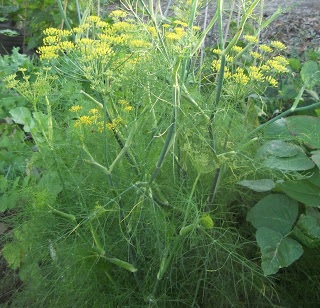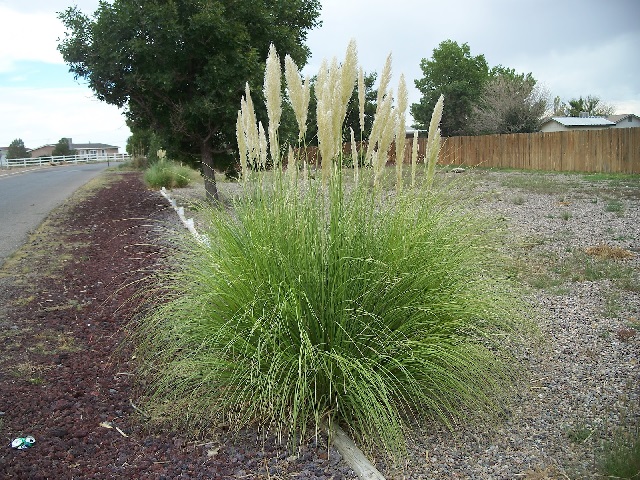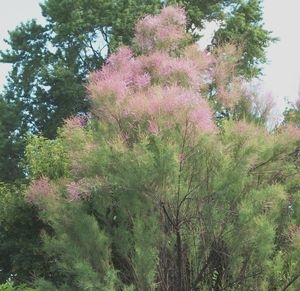Common Invasive plants in our area
Resources on Invasive Plants
Common Invasive Plants
Non-native, invasive plants often have an unfair advantage over our natives. They may be able to out-compete our native plants especially with climate change impacting the adaptability of indigenous organisms. These invasives typically have escaped someone’s landscape and can spread rapidly. Some are quite lovely which is why nurseries sell them in the first place. You should definitely NOT plant these; in fact, lobby with your local nursery to not sell them. Also, volunteer for trail/habitat cleanups which often included invasive removal.
Here are a few of the more common ones:

Wild fennel smells great and the seeds can be used in baking; you’ll see it frequently in the Calavera Preserve.
Resources on Invasive Plants
According to calflora.org, both Phoenix dactylifera (date palm) and Limonium perezii (sea lavender) are on the Cal-IPC Watch List (“This list contains plants that are not yet listed on Cal-IPC’s Inventory but have been reported spreading in California wildlands.”): http://www.calflora.org/app/ipl?list_id=px141.
Here is the actual CAL-IPC Watch List, (Plants Assessed for Risk of Becoming Invasive in California), including both species as low risk (in green at the bottom), however, for Limonium perezii it states “More concerning than category suggests, Escaping in coastal sage scrub around estuaries.” : http://cal-ipc.org/ip/inventory/pdf/Assessments.pdf
Limonium perezii is also on the SAN DIEGO COUNTY INVASIVE ORNAMENTAL PLANT GUIDE:
“This Guide is produced and distributed by the San Diego Chapter of the American Society of the Landscape Architects (SD/ASLA) and the San Diego Chapter of the California Native Plant Society (CNPS) for the primary purpose of educating landscape professionals and the general-public regarding the cultivation, selection, use and management of non-native and/or invasive plants in San Diego regional landscapes”: http://www.asla-sandiego.org/aslasdwp/wp-content/uploads/2014/10/Moderately_Invasive_Plant_Guide.pdf
An important article for landscape architects and city planners from UCANR is here: https://ucanr.edu/repositoryfiles/cav6803p89-136037.pdf
Synopsis from UCANR: “Preventing plant invasions or eradicating incipient populations is much less costly than confronting large well-established populations of invasive plants (emphasis added). We developed a preliminary determination of plants that pose the greatest risk of becoming invasive in California, primarily through the horticultural industry. We identified 774 species that are invasive elsewhere in Mediterranean climates but not yet invasive in California. From this list, we determined which species are sold through the horticulture industry, whether they are sold in California and whether they have been reported as naturalized in California. We narrowed the list to 186 species with the greatest potential for introduction and/or invasiveness to California through the horticultural trade. This study provides a basis for determining species to evaluate further through a more detailed risk assessment that may subsequently prevent importation via the horticultural pathway. Our results can also help land managers know which species to watch for in wildlands.”
Further for Phoenix dactylifera: it has been reported to the Invasive Plant Atlas of the United States for San Diego County: https://www.invasiveplantatlas.org/subject.html?sub=3896




